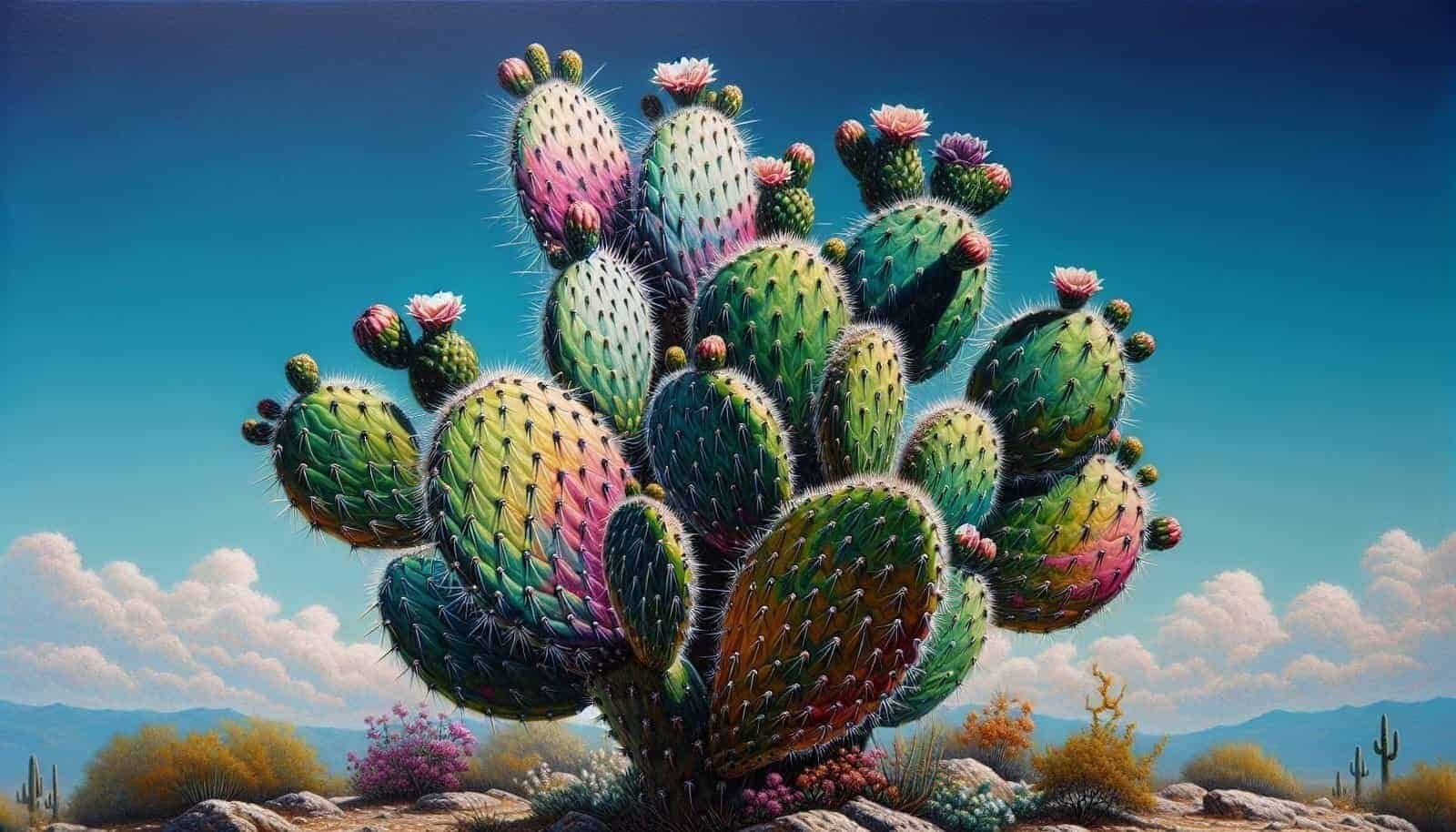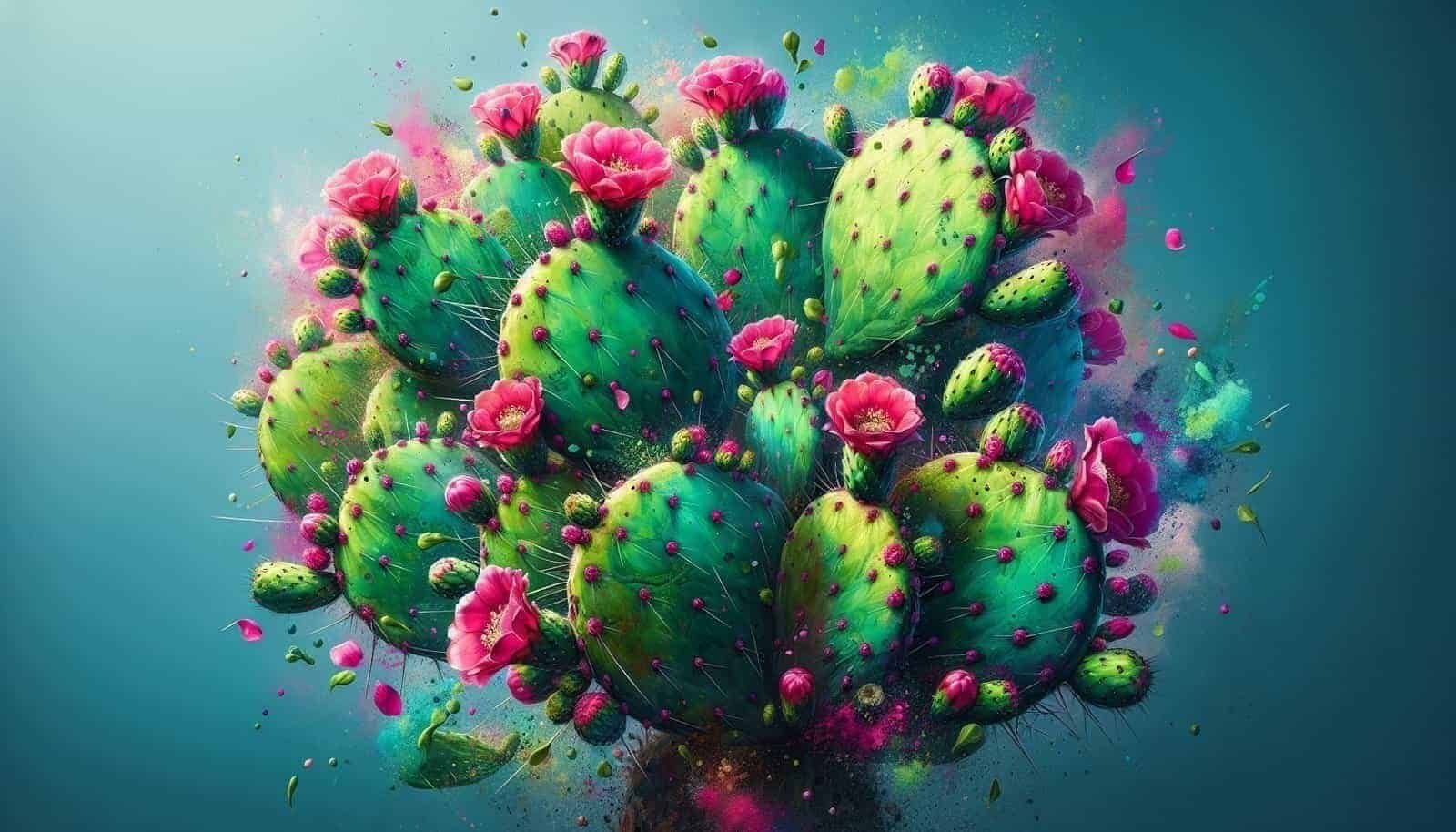Have you ever thought about how including certain plants in your diet might support your journey towards healthy aging? One such plant, rich in history and nutrients, is the Nopal cactus. Known for its impressive nutritional profile, the Nopal cactus, or prickly pear, is a traditional staple of Mexican and Southwestern cuisine that offers numerous health benefits. But how exactly does this resilient plant contribute to healthy aging? Let’s find out.
Understanding Nopal Cactus
The Nopal cactus, also known as Opuntia, is a savory and edible plant widely used in both traditional medicine and culinary dishes. This plant thrives in arid desert climates and is distinguishable by its flat, fleshy pads and vibrant fruits. But beyond its striking appearance lies an array of health benefits essential for supporting graceful and healthy aging.
Nutritional Profile of Nopal Cactus
To truly appreciate how Nopal cactus aids in healthy aging, it’s essential to consider its rich nutritional profile. Nopal cactus is packed with beneficial nutrients, including dietary fiber, vitamins, minerals, and antioxidants. This combination allows it to play a considerable role in maintaining and enhancing your overall health.
| Nutrient | Benefits |
|---|---|
| Dietary Fiber | Supports digestion and heart health |
| Vitamin C | Boosts immune system and aids in repairing tissues |
| Calcium | Strengthens bones |
| Potassium | Regulates fluid balance and supports heart function |
| Antioxidants | Protect cells from damage caused by free radicals |
Nopal Cactus and Healthy Aging
As you age, maintaining your health becomes increasingly important. Nopal cactus, with its unique composition, supports various aspects of health that contribute to the aging process, influencing factors such as inflammation, cardiovascular health, digestive health, and more.
Anti-Inflammatory Properties
Inflammation is a natural bodily response, but chronic inflammation can accelerate aging and lead to numerous health issues. Nopal cactus contains anti-inflammatory compounds that may help reduce inflammation in the body, potentially lessening your risk of chronic diseases and promoting a healthier aging process.
Antioxidant Power
Free radicals are unstable molecules that can damage cells and contribute to aging and chronic diseases. Antioxidants neutralize these harmful molecules, and Nopal cactus is abundant in them. By incorporating Nopal cactus into your diet, you help protect your cells from oxidative stress, slow down the aging process, and maintain a more vibrant appearance.
Supporting Cardiovascular Health
Heart health is paramount at any age, but especially as you grow older. Nopal cactus offers support through its high fiber content, which helps lower blood cholesterol levels. Additionally, its potassium content aids in regulating blood pressure, ensuring a steady and healthy cardiovascular system which is crucial for healthy aging.
Aiding Digestive Health
A well-functioning digestive system plays a vital role in your overall health, and Nopal cactus is a fantastic choice for supporting digestive health. Its high dietary fiber content promotes regular bowel movements and a healthy gut environment, preventing constipation and associated digestive issues that become more common with age.

Nopal Cactus’ Role in Blood Sugar Regulation
Managing blood sugar levels becomes increasingly important as you age to prevent or manage conditions like type 2 diabetes. Nopal cactus can positively influence blood sugar levels due to its fiber content and ability to improve insulin sensitivity. By moderating blood sugar levels, you reduce the risk of metabolic syndrome, allowing you to enjoy a healthier and longer life.
The Fiber Factor
The presence of significant dietary fiber in Nopal cactus helps slow down carbohydrate absorption and sugar spikes post-meals. This control over blood sugar levels enhances your ability to maintain stable energy throughout the day, preventing that all-too-familiar energy crash.
Improving Insulin Sensitivity
Apart from fiber, specific compounds found in Nopal may enhance insulin sensitivity. This means your cells are more efficient at using available insulin, helping keep blood glucose levels within a healthy range – an essential factor in preventing the progression of insulin resistance and diabetes.
Nopal Cactus and Weight Management
Maintaining a healthy weight is imperative for longevity and reducing the risk of various age-related diseases. The role Nopal cactus plays in weight management is highly beneficial, making it a great companion on your age-related health journey.
Satiety and Appetite Control
With its high fiber content, Nopal cactus can aid in promoting feelings of fullness and reducing overall calorie intake. This helps in preventing overeating, which is often a challenge as metabolism tends to slow with age. Including Nopal cactus in your meals might just lead to better control over appetite and body weight.
Metabolic Boost
Certain studies suggest that Nopal cactus may enhance your body’s metabolism. By slightly upregulating metabolic rate, it helps in burning more calories at rest, contributing to weight maintenance or loss, an essential factor for combating age-related obesity.

Bone Health Support
Bone density naturally decreases with age, increasing the likelihood of fractures and osteoporosis. Nopal cactus contributes to bone health thanks to its calcium and magnesium content.
Calcium and Magnesium Richness
Calcium is vital for maintaining strong bones, while magnesium aids in calcium absorption and bone structure support. By incorporating Nopal cactus into your diet, you’re helping to ensure adequate intake of these essential minerals, crucial for avoiding bone deterioration as you get older.
Boosting Immune Health
A robust immune system safeguards against infections and diseases, crucial for maintaining health through the years. Nopal cactus supports immune function with its vitamin C content and antioxidant properties.
The Role of Vitamin C
High in vitamin C, Nopal cactus aids in boosting the immune system, helping your body fend off common infections and colds. A reliable immune system allows you to lead a more vibrant and active life, keeping diseases and age-related immune decline at bay.

Practical Ways to Incorporate Nopal Cactus Into Your Diet
Incorporating Nopal cactus into your diet can be both easy and enjoyable. Its unique flavor and texture adapt well to a variety of dishes, making it a versatile ingredient for your culinary creations.
Nopal Cactus Recipes
Here are simple and delicious ways to include Nopal cactus in your diet:
Nopal Cactus Salad: Combine chopped Nopal with tomatoes, onions, and cilantro, seasoned with lime juice and salt for a refreshing salad.
Grilled Nopal Strips: Lightly oil Nopal strips and grill until tender. Season with your favorite spices for a healthy side dish.
Nopal Smoothie: Blend Nopal pads with your choice of fruit, like pineapple and mango, for a nutritious and hydrating smoothie.
Nopal Tacos: Sauté sliced Nopal with onions and peppers, then serve in tortillas with avocado and cheese for a flavorful taco filling.
Buying and Storing Nopal Cactus
Nopal pads can be found fresh in many grocery stores, particularly in regions with large Hispanic populations. They are also available canned or pickled, often in Mexican markets. When purchasing fresh Nopal, choose firm and bright-green pads. Store them in the refrigerator, wrapped in a paper towel, and placed in a plastic bag for optimal freshness.
Conclusion
Exploring how the Nopal cactus supports healthy aging unveils its multifaceted role in promoting wellness across various aspects of life. By incorporating this nutrient-dense plant into your diet, you’re not just indulging in a delicious ingredient – you’re harnessing a host of benefits, from enhanced bone health and blood sugar regulation to weight management and immune support. Embrace this resilient plant as part of your nutrition strategy to aid in a healthier, happier aging process.


